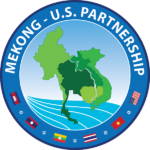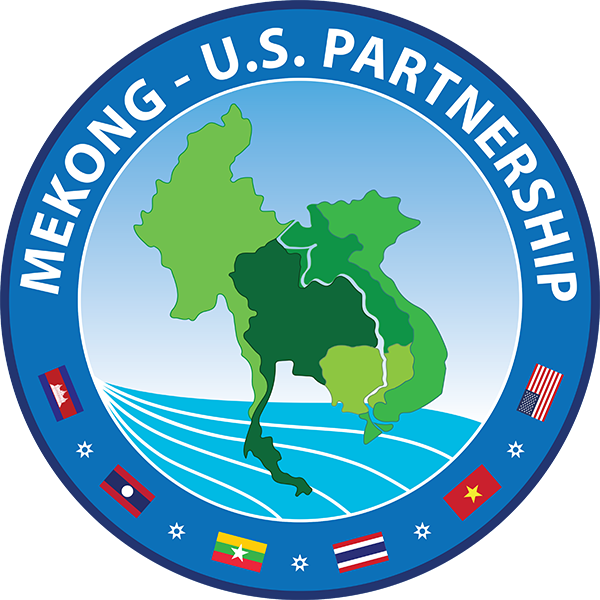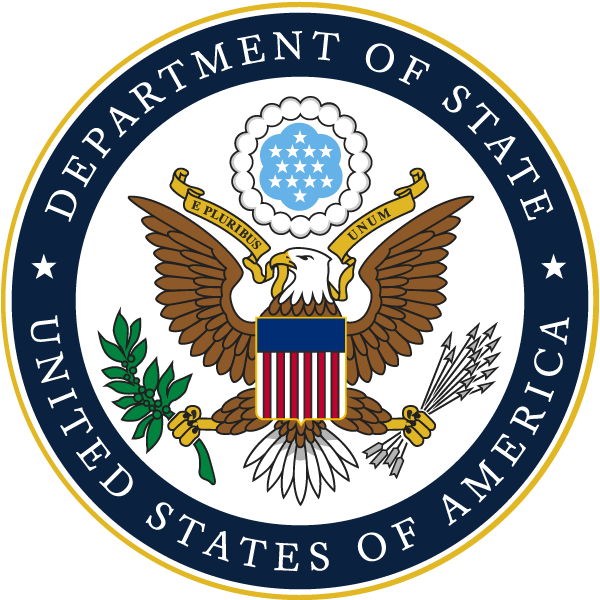By Daniel R. Russel, Assistant Secretary, Bureau of East Asian and Pacific Affairs
Thank you CSIS, Dr. Stephen Morrison and Murray Heibert, for inviting me to be here today. It’s great to be here among so many colleagues who share my belief in the importance of Southeast Asia, and the development in the Mekong sub-region in particular.
I thank CSIS and everyone responsible for initiating the Greater Mekong Health Security Partnership, and for sustaining this initiative since the release of the Task Force report this past July.
As you all know, the rebalance to Asia is a major element of U.S. foreign policy and a priority for this Administration. We have a diversity of interests that are reflected in our wide-ranging engagement in the region – well beyond our important role in guaranteeing regional security and stability.
My colleagues and I are involved in promoting trade and economic growth, expanding educational opportunities and connections, addressing energy needs and responsibly managing resources, building up multilateral institution, and supporting democracy and human rights directly and by nurturing civil society and good governance and by defending the rule of law. Dealing with threats from communicable diseases and preventing pandemics is part of what we’re doing – as is support for public health programs.
This is not mere altruism. At the core of all we are doing is a recognition that working together with partners to protect and to improve the lives of the people of this region is very much in the interest of the United States, particularly given Southeast Asia’s potential for growth.
Now clearly the quality of life in the region has risen dramatically in recent decades, but there are still millions of people living in in Southeast Asia poverty, and many countries still struggling to build the capacity necessary to cope with development challenges. These countries of the Lower Mekong sub-region – Thailand, Laos, Cambodia, Vietnam, and Myanmar – are moving in the right direction, from Vietnam’s economic growth to Myanmar’s political opening. But they need support, and there is a tough road ahead.
One of the drivers of growth, connectivity and development in this region is ASEAN, which sits at the center of the region’s multilateral architecture. The East Asia Summit and the ASEAN Regional Forum increasingly enable us to address tough political and security challenges, as well as coordinate in sustainable development, food and energy security, and other aspects affecting lives and prospects for growth.
One of ASEAN’s own top goals in the effort to build an economic community is bridging the development gap within ASEAN between the richer states of maritime Southeast Asia and the Mekong sub-region. This is a window of opportunity. Think for a minute about the factors that are aligned: ASEAN has set itself the ambitious goal of regional economic integration by 2015; and the U.S. is engaged and committed to the region as a Presidential priority. Japan has also intensified its support and investment and China’s growth is creating new markets and opportunities; while Myanmar has undergone an extraordinary transformation that ended its isolation and opened doors to possibilities. Vietnam also is opening – including through negotiations of the TPP agreement; and Cambodia and Laos are also growing economically and looking to create more widespread opportunity and a better quality of life for their peoples.
There are quite a few positive factors in play now in the region, and what we collectively do here now can have a huge downstream impact. The United States plays a significant role in supporting development in this sub-region, including through nearly a quarter-billion dollars in annual assistance, two-thirds of which is dedicated to health, the environment, and education.
One the major components of this engagement is LMI, which we see as a significant new model for tackling many of these challenges because it is multilateral as well as an integrated, whole-of-government approach to begin. What we are trying to do with LMI is to create a multiplier effect of capacity-building – to work with governments to boost their capacity to tackle specific development challenges, so we are strengthening policymaking within these countries and impacting the lives of everyone in the sub-region.
LMI is a model program for this type of engagement for many reasons. LMI has high-level political leadership, and the Secretary of State chairs the annual ministerial meeting with other LMI foreign ministers. Further, LMI is a whole-of-government effort, with many different parts of the State Department, USAID, and other USG agencies, ranging from Commerce to the U.S. Geological Survey to Ex-Im Bank, working with and through LMI to engage the Mekong sub-region. LMI also has partner country buy-in. The LMI countries Thailand, Laos, Cambodia, Vietnam, and Myanmar are fully engaged and invested in LMI, even in just the few short years since LMI’s launch. Each country co-chairs at least one of the six LMI pillars: Health, Education, Connectivity, Agriculture and Food Security, Energy Security, and Environment and Water. Finally, LMI has broad donor participation. At the request of the LMI countries, we now have a sister organization, the Friends of the Lower Mekong (FLM), which brings the LMI countries together with Japan, South Korea, the EU, Australia, New Zealand, the Asian Development Bank (ADB), and World Bank. FLM gives us a framework to collaborate and coordinate with other donors and multilateral organizations.
In the LMI health pillar, we are working with LMI countries on a number of important issues, including: building capacity and coordination in responding to diseases like malaria, TB, HIV/AIDS, and preventing and controlling counterfeit and substandard medications. CSIS’ task force report makes clear that health security is a vital issue for the Mekong sub-region, and I know that is a central theme of your discussions here today.
I understand you were discussing this morning serious concerns about drug-resistant malaria in parts of Southeast Asia. This is exactly the kind of challenge we need to work together to address. I think it’s also important to note that health is directly linked to a range of other issues that are also important to address if we are going to be able to support the kind of broad-based growth and development we want in this sub-region. Effective cross-border management is central to preventing diseases, including pandemic threats, from spreading. Adequate food and water security are essential for health in the sub-region, particularly where malnutrition is a threat. Energy security is essential for a wide variety of health-related issues, including adequate power supply for health service providers.
That is why LMI aims to address all these issues, in addition to health, because they are all cross-cutting and mutually reinforcing. So as we focus on tackling specific health issues, we must also make sure we recognize the inter-connected nature of the development challenges in this region.
The bottom line is this: improving the health of millions of people in Southeast Asia is in the interest of the United States, and is an important objective of the rebalance toward Asia. U.S.-backed health programs in East Asia are building a strong foundation to expand future global health capabilities in the Mekong River nations.
We firmly believe that these countries are ready for greater economic expansion that will lead them to share in the prosperity that is spreading throughout ASEAN countries. The United States will continue to support our partner countries to address challenges to improve public health and in turn narrow the development gap in Southeast Asia.
Thank you all very much, and I look forward to our discussion.
Source: U.S. Department of State
Source URL: http://www.state.gov/p/eap/rls/rm/2013/11/215044.htm
 Mekong - U.S. Partnership
Mekong - U.S. Partnership


